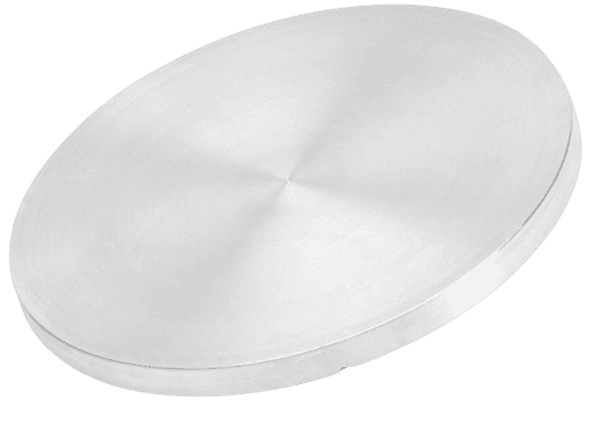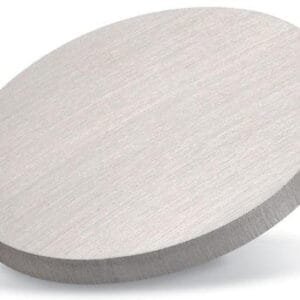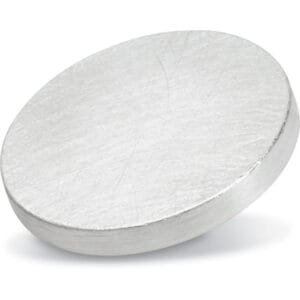Titanium Cobalt (Ti/Co) Sputtering Target Description
TFM offers high-purity Titanium Cobalt (Ti/Co) sputtering targets, engineered for advanced thin film deposition applications where precise alloy compositions and uniformity are critical. These targets are typically composed of a binary alloy of titanium (Ti) and cobalt (Co) and can be tailored in atomic or weight ratios to meet specific research or industrial needs.
Ti/Co alloy films are used in a variety of technologies including:
Magnetic storage devices
Spintronic components
Protective and wear-resistant coatings
Catalysts for hydrogen evolution reactions (HER)
Electrodes for energy storage devices
The combination of titanium’s corrosion resistance and cobalt’s magnetic and catalytic properties enables these films to perform in harsh environments or under functional loading in electrochemical systems.
Titanium Cobalt (Ti/Co) Sputtering Target Specification
| Property | Value |
|---|---|
| Chemical Composition | Ti/Co Alloy (e.g., Ti:Co = 50:50, customizable) |
| Purity | ≥ 99.9% (3N) or higher |
| Appearance | Metallic, gray to bluish-gray |
| Form | Alloyed or composite sputtering target |
| Available Ratios | Ti:Co = 70:30, 50:50, 30:70 (custom ratios available) |
| Density | Varies by composition (~6.5–8.0 g/cm³) |
| Available Sizes | Dia.: 1″, 2″, 3″, 4″, 5″, 6″ Thick: 0.125″, 0.250″ |
| Backing Plate Options | Copper, molybdenum, stainless steel |
Custom compositions and co-sputtering solutions available on request.
Titanium Cobalt Sputtering Target Handling Notes
Proper bonding is recommended for enhanced thermal conductivity and stability during sputtering.
Handle targets with gloves in a clean environment to prevent surface contamination.
Ensure uniform cooling and avoid sudden temperature changes to prevent mechanical stress or warping.
Titanium Cobalt Sputtering Target Packaging
Each Ti/Co sputtering target is vacuum-sealed or packaged under inert gas and securely placed in foam-padded containers to prevent oxidation and mechanical damage during storage or transportation. Labels include composition, dimensions, purity, and lot number for traceability.
Get Contact
TFM specializes in producing Titanium Cobalt sputtering targets with customizable ratios, sizes, and bonding options for use in magnetron sputtering, PVD systems, and thin film research.
Contact us to receive a quote or technical consultation tailored to your application.


 MSDS File
MSDS File



Reviews
There are no reviews yet.